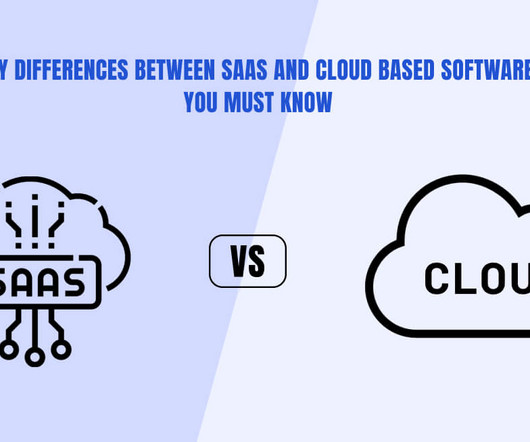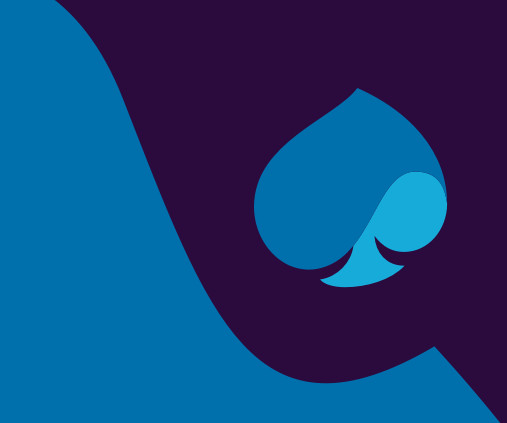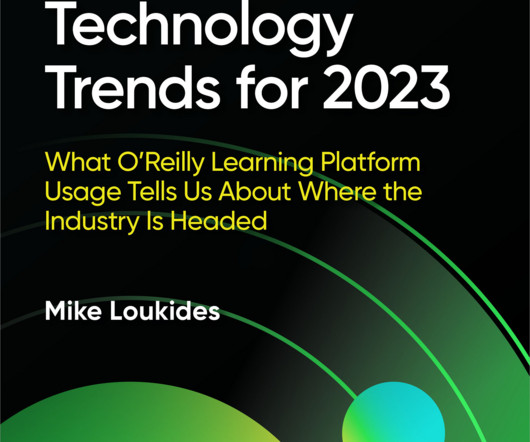Key differences between SaaS and Cloud-based Software: You must know
Openxcell
MARCH 13, 2023
In this blog, you will explore a brief synopsis of the key differences between SaaS and Cloud-based software. We’ll also look at how this technology is developing to satisfy the shifting demands of businesses in the modern digital landscape. Google , Adobe , Slack, Shopify, and Microsoft, are categorized under SaaS.















Let's personalize your content